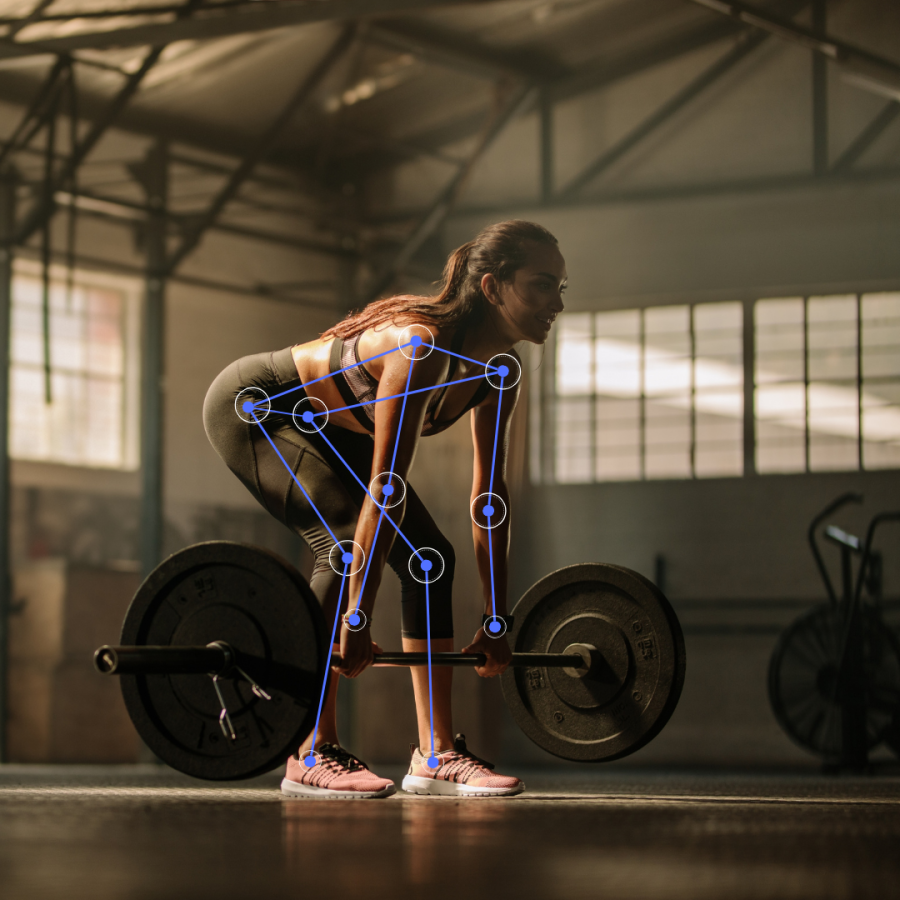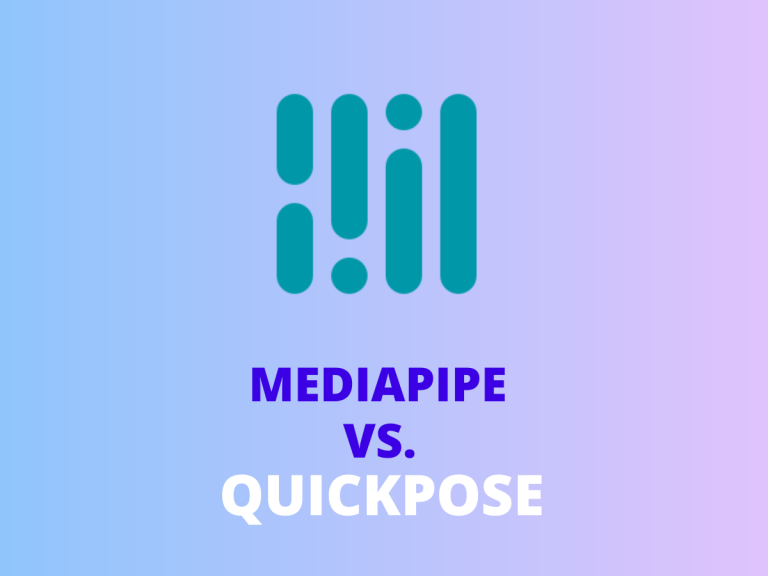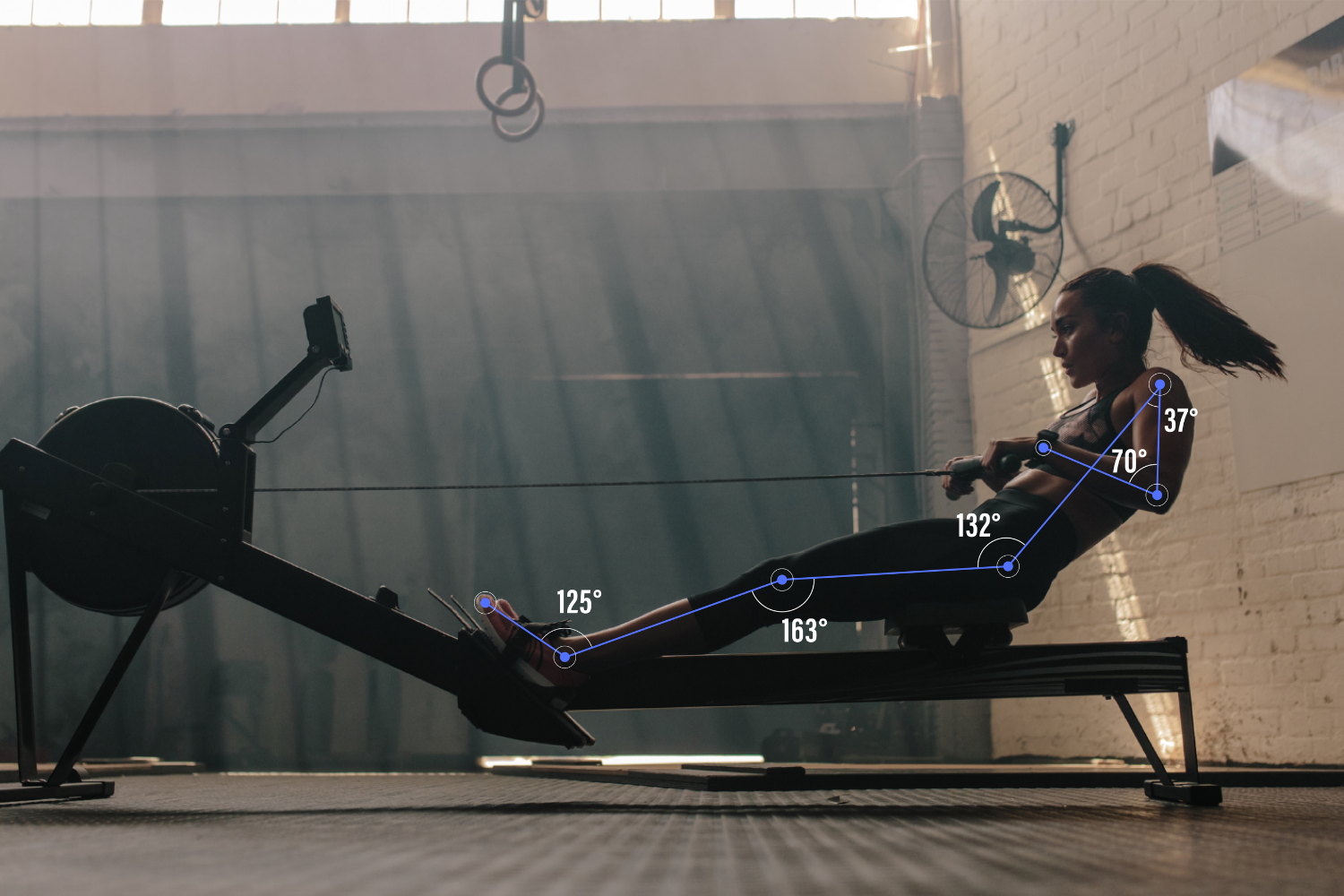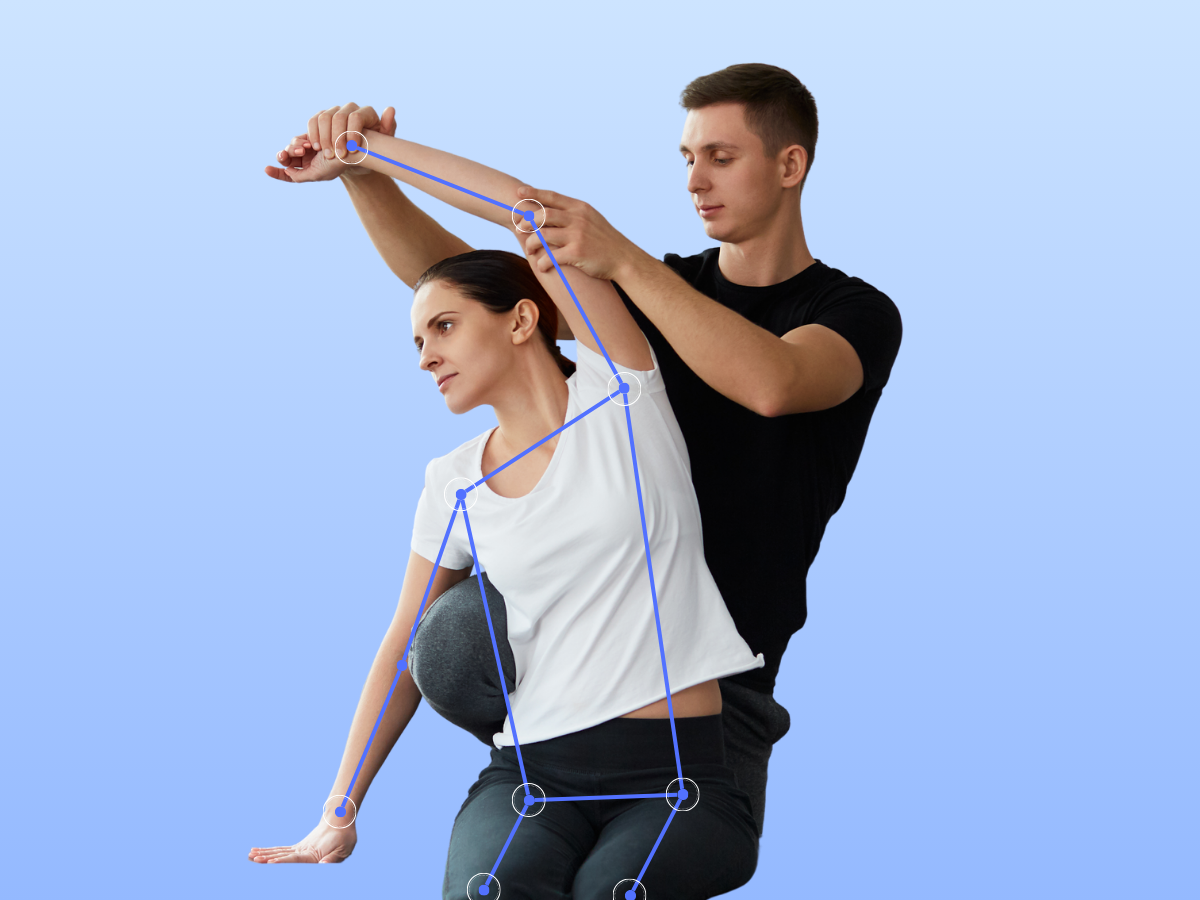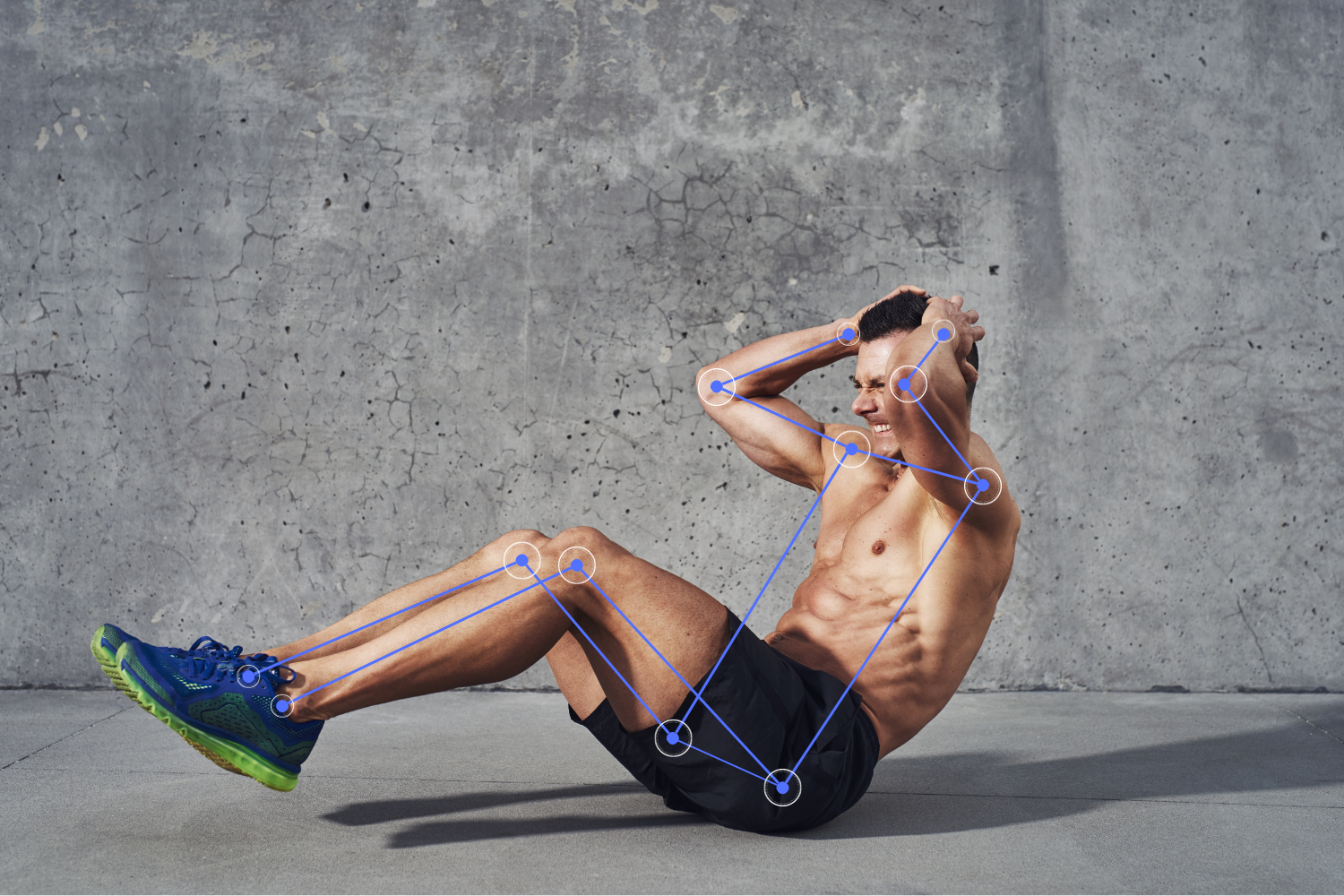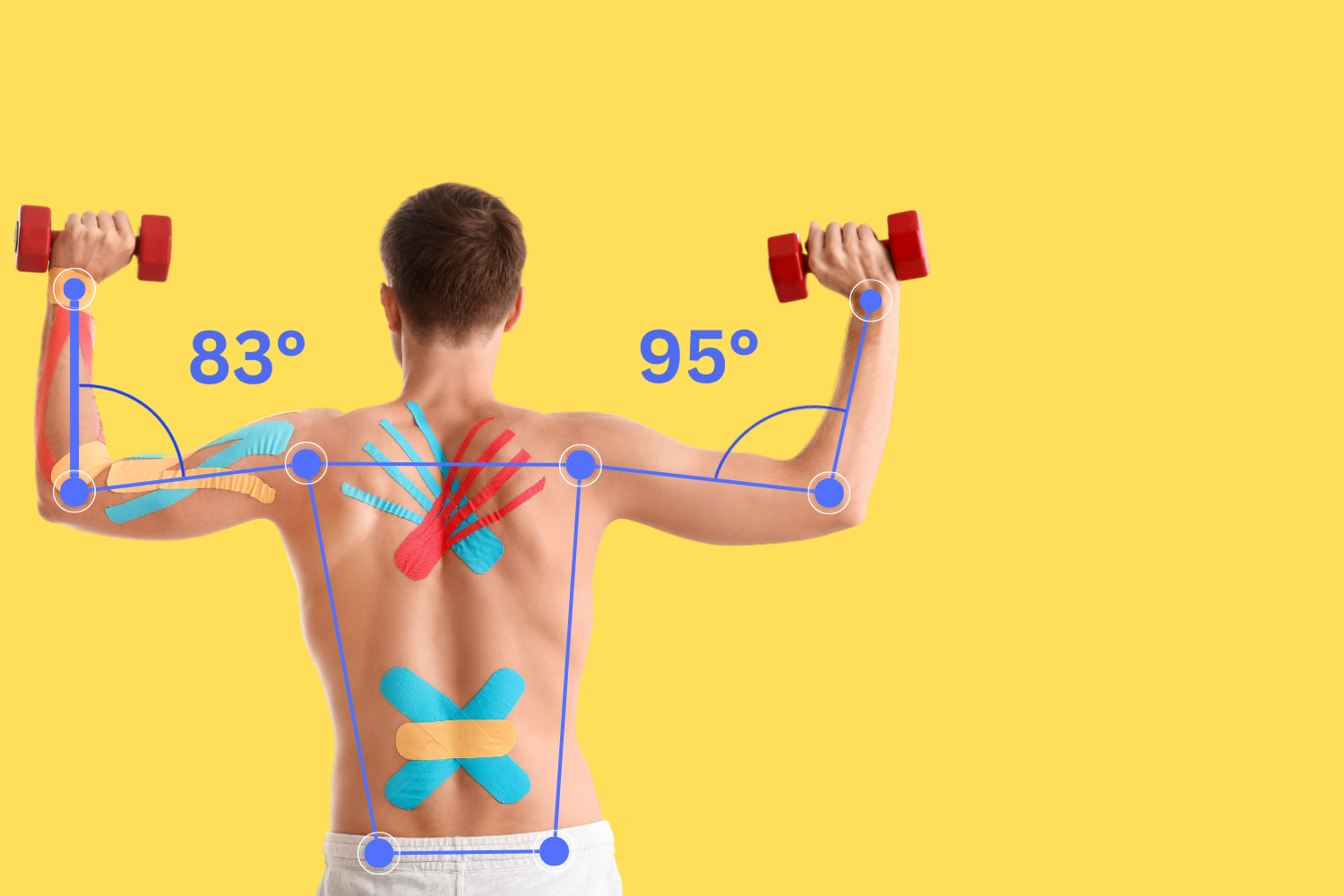MediaPipe Vs MMPose: A Comparison of Pose Estimation Tools
What is MediaPipe?
MediaPipe is a framework designed for real-time human body joint detection, supporting 2D and 3D pose estimation for single individuals. It is known for its high accuracy and real-time performance, offering pre-built models for various applications such as fitness apps, augmented reality, and gesture recognition. MediaPipe’s API is straightforward, facilitating easy integration across various programming languages including C++, Python, and JavaScript. It leverages Convolutional Neural Networks (CNNs) and is compatible with web and mobile SDKs, utilising TensorFlow for model training.
What is MMPose?
On the other hand, MMPose is a PyTorch-based open-source toolkit that is part of the OpenMMLab project, extending its capabilities beyond human pose estimation to include 2D and 3D poses for both single and multiple individuals, as well as animal poses. MMPose features a rich set of algorithms covering a wide range of applications from academic research to sports analytics and health monitoring. It offers flexibility and efficiency for research and production, with a variety of pre-trained models and support for custom datasets. MMPose integrates seamlessly with other OpenMMLab projects for comprehensive computer vision tasks and is trained using PyTorch.
Both frameworks offer extensive community support and regular updates, with MediaPipe benefiting from Google’s backing and MMPose from contributions from the open-source community. While MediaPipe excels in real-time performance and ease of integration across different platforms, MMPose stands out for its wide application range and flexibility for customization and research purposes.
Key Features of MediaPipe and MMPose
Feature | MediaPipe | MMPose |
Purpose | Real-time human body joint detection for various applications with support for 2D / 3D single person only. | Human pose estimation with support for 2D/3D, single/multi-person, and animal poses. |
Key Features | High accuracy, real-time performance, pre-built models. | Wide range of pre-trained models, support for custom datasets. |
Ease of Use | Straightforward APIs for easy integration. | Flexible and efficient for both research and production. |
Technologies | Works across C++, Python, JavaScript. MediaPipe uses Convolutional Neural Networks | Built on PyTorch, relies on MMCV for enhanced computer vision tools, so only works with Python by default. MMPose also uses Convolutional Neural Networks. |
Integration | Compatible with web and mobile SDKs. Trained by using TensorFLow | Seamless integration with other OpenMMLab projects for comprehensive computer vision tasks. Trained by using PyTorch |
Applications | Used in fitness apps, AR, gesture recognition, and more. | Suitable for academic research, sports analytics, health monitoring, and more. |
Community & Support | Regular updates by Google, extensive documentation. | Benefits from community contributions, open-source with regular updates. |
- MediaPipe, by Google, offers basic pose estimation but requires significant user processing.
- QuickPose enhances MediaPipe with pre-built features, simplifying app development.
Need help building an AI project?
At QuickPose, our mission is to build smart Pose Estimation Solutions that elevate your product. Schedule a free consultation with us to discuss your project.
Integrate Pose Estimation into Your Mobile Apps with QuickPose iOS SDK
Accurate Pose Estimation
Customisable Output
Fast Processing
Scalable
Pre Built Models
Open-Source Framework
Add our QuickPose iOS SDK into your app
